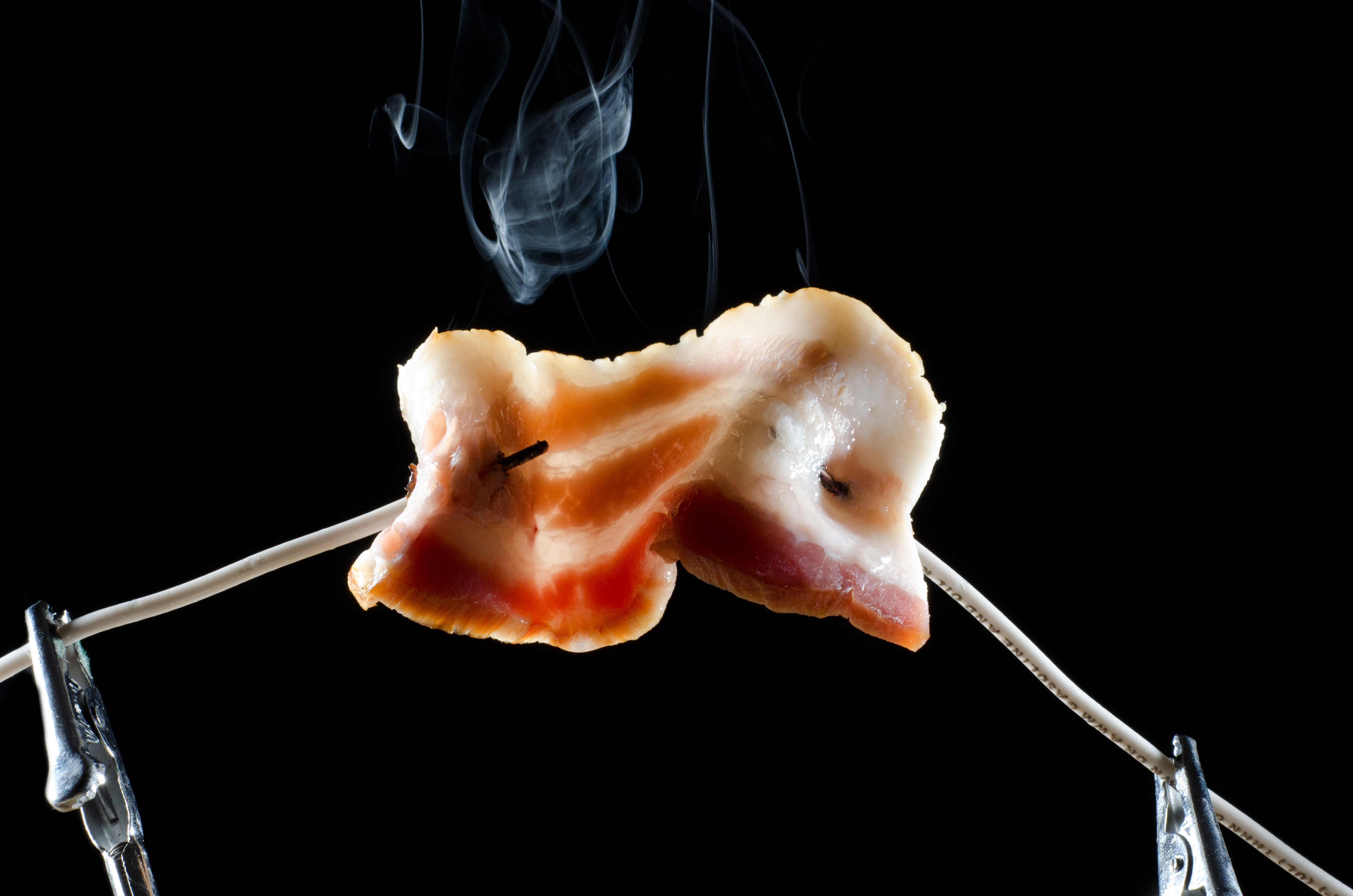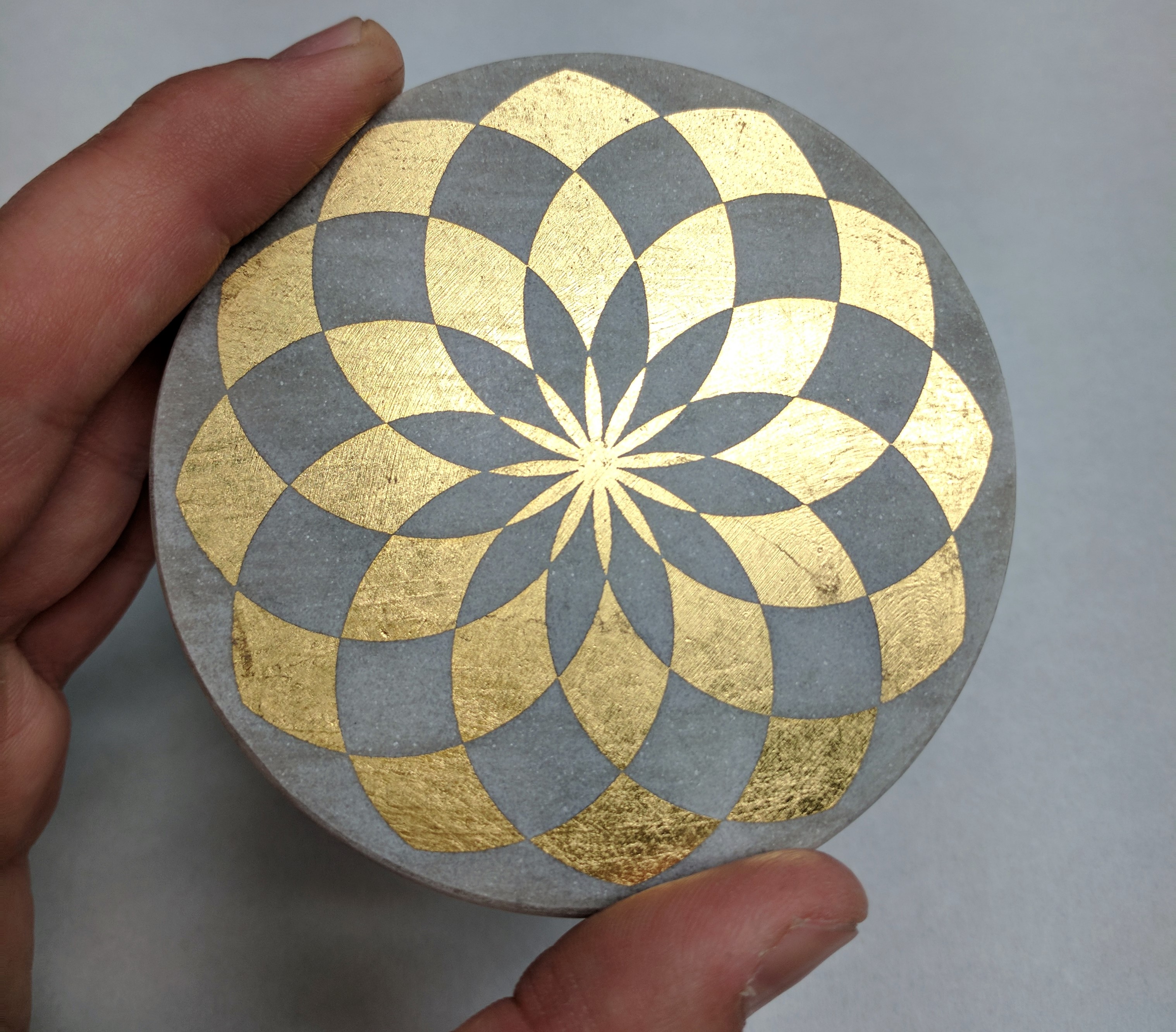DIY Laser-Cut Gold Leaf Drink Coasters
So what’s the next step in advancing my home cocktail program? Custom drink coasters, naturally. I made these laser-etched, marble and gold coasters to match the pattern on my ice stamp, which is either very thoughtful or clinically obsessive, depending on your perspective. Here’s how I made them.

